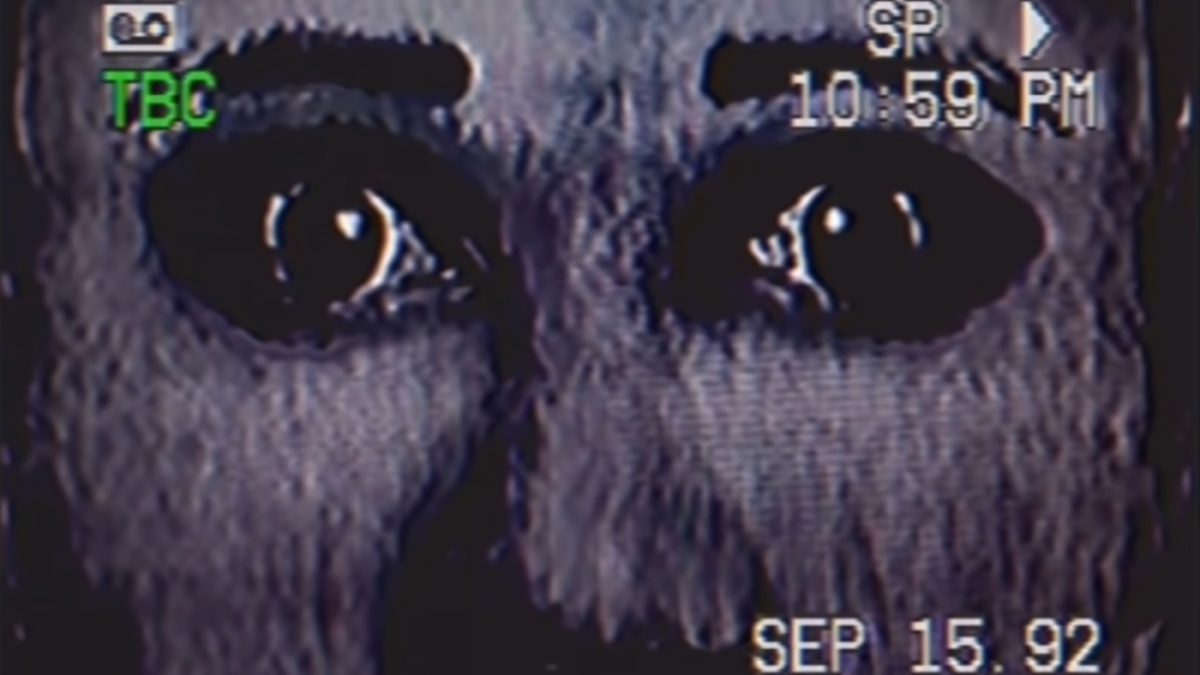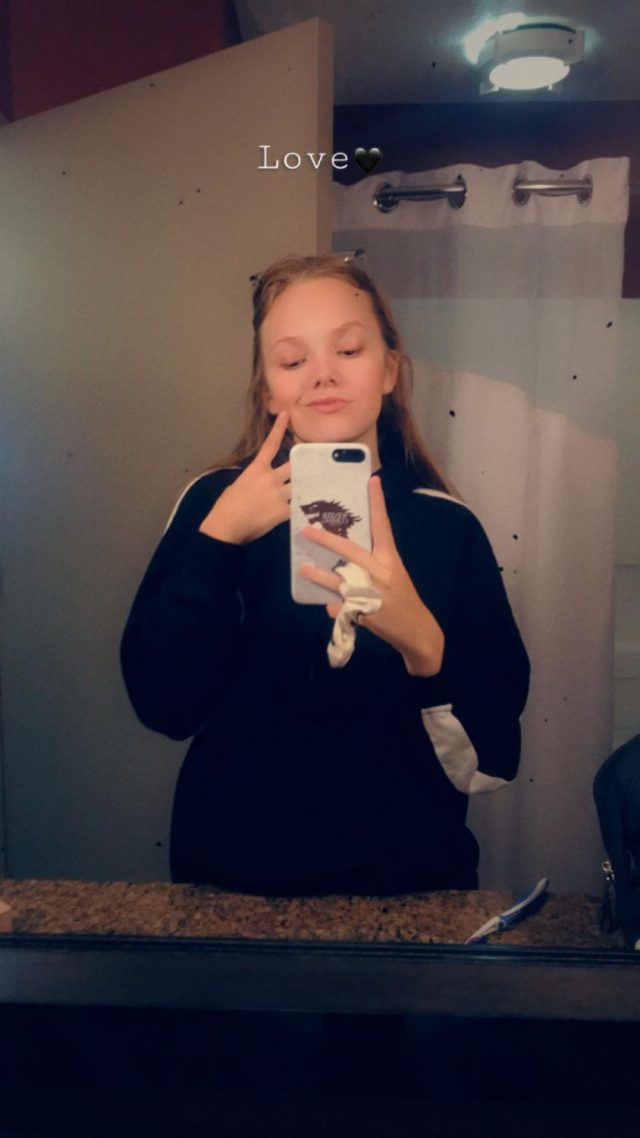Analog horror is a genre of media that has come out recently, found mostly on YouTube. It found its origins in 2009. Within the span of 14 years, the subgenre of horror has rapidly expanded, covering multiple different topics from several creators. There’s no one series that is exactly like the other. They all have their own uniqueness that drives hundreds and thousands and millions of people to watch them.
“No Through Road”, a series of four YouTube episodes created by Steven Chamberlain in 2009, is considered the starting point for analog horror. It is widely believed that a lot of the contents of analog horror as a subgenre comes from creepypasta legends. This includes Slender Man, Ted the Caver, Ben Drowned, and more.
The webseries is very analog-style, which is why it’s known as the first analog horror video. It gained popularity, reaching millions of views.
By definition, analog horror is characterized by “low-fidelity graphics, cryptic messages, and visual styles reminiscent of late 20th-century television and analog recordings.” It is both a subgenre of horror and the filming technique of “found footage”. The analog aesthetic is also derived from VHS tape-type style, which is familiar to many who grew up in the late 1900s and early 2000s.
The first analog horror series that really gained traction for the subgenre is “Local 58”. The creator is Kris Straub who released the first episode onto YouTube in 2015, 6 years after No Through Road. This series is way different than its predecessor, because it is not focused on real-life video capturing. It uses editing and graphics as its strong suit. It’s the first one to bring up the very common theme in analog horror videos to follow: invasion of Earth from extraterrestrials, or otherwise unknown entities. The series is ongoing, and the latest episode released in 2021.
Local 58 got really popular and currently has almost 600,000 subscribers on YouTube. The videos altogether have around 23 million views. This would set a high standard to follow.
Analog horror attracts a certain kind of viewer, like most horror does. It’s not for everyone. For some, it might bring back nostalgia of VHS tapes and box-screen televisions, where low graphics reign supreme. For others, it might simply just be a new medium of horror to consume unseen before. The genre has really taken off after the publication of Local 58. And after 8 years of the subgenre being a confirmed success (14 years after the very first example), analog horror shows no signs of regressing in its popularity.
Another series that got super popular is Gemini Home Entertainment. It takes a different path from Local 58, and focuses a lot on cryptids and more common horror themes. It still has the unique qualities of analog horror, but it’s diverse in its own ways. The creator is Remy Abode. The series first got its start in November of 2019, and still continues to post videos today.
The channel has 18 public episodes and almost 300,000 subscribers, with millions of views encompassing the videos in total.
The series that really got popular as of recent is the Mandela Catalogue series, which is also on YouTube. The creator, Alex Kister, started the series in 2021. It brings a largely unique new aspect to the subgenre of analog horror. The collection of 12 videos uses face distortion, distorted audio, and low-quality graphics. Like the previous two mentioned analog series, it also focuses on the invasion of Earth by unknown creatures or people.
The channel has 12 videos covering the Mandela Catalogue series and 930,000 subscribers, which makes it the most subscribed-to analog horror channel on YouTube. The series got a lot of traction on almost all forms of social media because of the new form of horror it created. Certain audio clips from it are still trending on places like TikTok and Instagram.
The rise of these three large projects were namely what kickstarted the subgenre to gain a lot of traction. A lot of new, smaller channels continue to post in hopes of riding off of that success. Many do gain quite a bit of popularity. There are some that do take inspiration from bigger channels, while some create their own little worlds.
In the journey to achieve scariness, a lot of these channels and video series ride off of shock value. This is when an unforeseen surprise is used specifically to upset people, or to throw them off. When it invokes negative reactions, it can often be spread easier, with more people talking about it (even if it’s only negative). With how advanced technology has gotten us today, it’s easy to share something that’s scary with a few clicks of a button.
Analog horror also has been starting to rise in actual film. A recent movie named Skinamarink, released in 2022, used a low budget to create a low-quality film that carried many traits of the subgenre. The movie itself focused on camera angles and sounds to display its scariness. The movie got generally low reviews, but that doesn’t make it any less part of the genre itself.
There are several other channels that also have not been mentioned that give a lot towards the community and the foundation of the subgenre. These include CH/SS, created by Turkey Lenin the 3rd, Kane Pixels’ The Backrooms, and Marble Hornets, created by Troy Wagner. Each of these series exist on YouTube.
Analog horror can be found really anywhere that you look for it.
When it comes to talking about horror and the things that revolve around on the internet, it might be important to mention analog horror. The recent trend of creation in this medium of horror has seen a great increase in popularity. Regardless of who enjoys it and who doesn’t, it would be incorrect to say that it’s not important. Like all other forms of horror, analog-type video plays its part in creating a more expanded experience for anyone that has interest.




